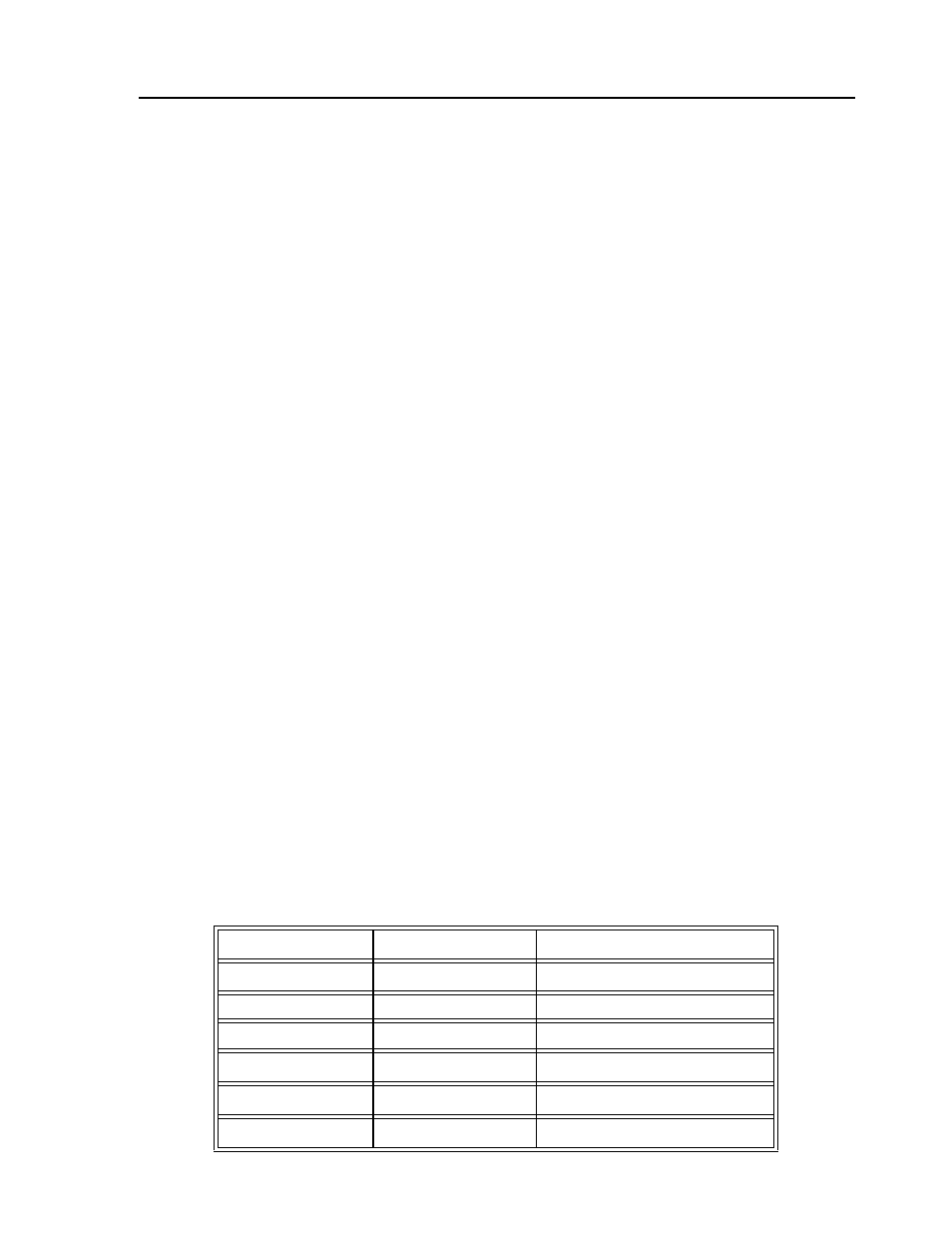For example, if the filter parameters are kp = 4, The digital filter coefficients are, System analysis – Yaskawa LEGEND-MC User Manual
Page 37

27
LEGEND-MC User’s Manual
This filter includes a lead compensation and an integrator. It is equivalent to a continuous PID filter with
a transfer function G(s).
G(s) = P + sD + I/s
P = K(1-A) = KP
D = T* K * A = T.KD
I = C/T = KI/8 * TM
For example, if the filter parameters are KP = 4:
KD = 36
KI = 2
T = 0.001 s
the digital filter coefficients are:
K = 40
A = 0.9
C = 0.25
and the equivalent continuous filter, G(s), is:
G(s) = 4 + 0.036s + 250/s
ZOH
The ZOH, or zero-order-hold, represents the effect of the sampling process, where the motor command is
updated once per sampling period. The effect of the ZOH can be modeled by the transfer function
H(s) = 1/(1+sT/2)
If the sampling period is T = 0.001, for example, H(s) becomes:
H(s) = 2000/(s+2000)
However, in most applications, H(s) may be approximated as one.
This completes the modeling of the system elements. Next, we discuss the system analysis.
System Analysis
To analyze the system, we start with a block diagram model of the system elements. The analysis
procedure is illustrated in terms of the following example.
Consider a position control system with the LEGEND-MC controller and the following parameters:
K
t
= 0.1
Nm/A
Torque constant
J = 2.10
-4
kg.m
2
System moment of inertia
R = 2
W
Motor resistance
K
a
= 4
Amp/Volt
Current amplifier gain
KP = 12.5
Digital filter gain
KD = 245
Digital filter zero
KI = 0
No integrator
